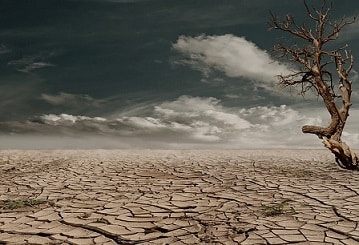 California is currently in the throes of a four-years-and-counting dry spell that those who have lived there for most of their lives and who are used to droughts say is like no other drought they have ever experienced.
California is currently in the throes of a four-years-and-counting dry spell that those who have lived there for most of their lives and who are used to droughts say is like no other drought they have ever experienced.
Californians are doing everything in their power to save water and conserve the little bit that they do have to sustain life; laundry is done around once a month, short showers, constant monitoring of water meters, dry and very short lawns and unflushed toilets are the order of the day, but Californians are not sure this will be enough.
What is Different about This Californian Drought?
Whereas Californians were positive during the 1976-77 and 1987-1992 droughts, sure of the fact that the rains and the snows would come and life would return to normal, this time they are not so confident.
The severity and scope of the current drought, the unprecedented state-wide water restrictions, and the looming spectre of climate change are making Californians wonder if this drought is not the beginning of something bigger.
Inhabitants of California are reacting differently this time; some are ripping out their lawns, once the pride of their homes and putting down gravel; some people are even painting their lawns green, and others are changing their water-thirsty flowers for more low-water plants.
Dead plants cover city boulevards, trees in parks are dying, and many of the Los Angeles golf courses have replaced the abundant grass ruffs with decomposed granite. Thirsty coyotes are roaming around during the day and can often be seen crossing Sunset Boulevard in search of water.
Chair of California’s Water Resources Control Board and drought veteran Felicia Marcus, who worked at the Los Angeles Department of Public Works during the drought in the late 1980s and early ˜90s says that .It’s a much harsher and crowded and less-resilient situation than we had back then. It’s also worse precipitation-wise, she adds. The Sierra snowpack, source of three-quarters of the state’s water supply, is nearly nil today, meaning there’s no runoff on the way for low reservoirs. We’re just in a worse situation all around.
Get bottled water coolers or mains fed water coolers from Living-Water. We also supply natural spring water, water cooler rentals and free water cooler trials.





